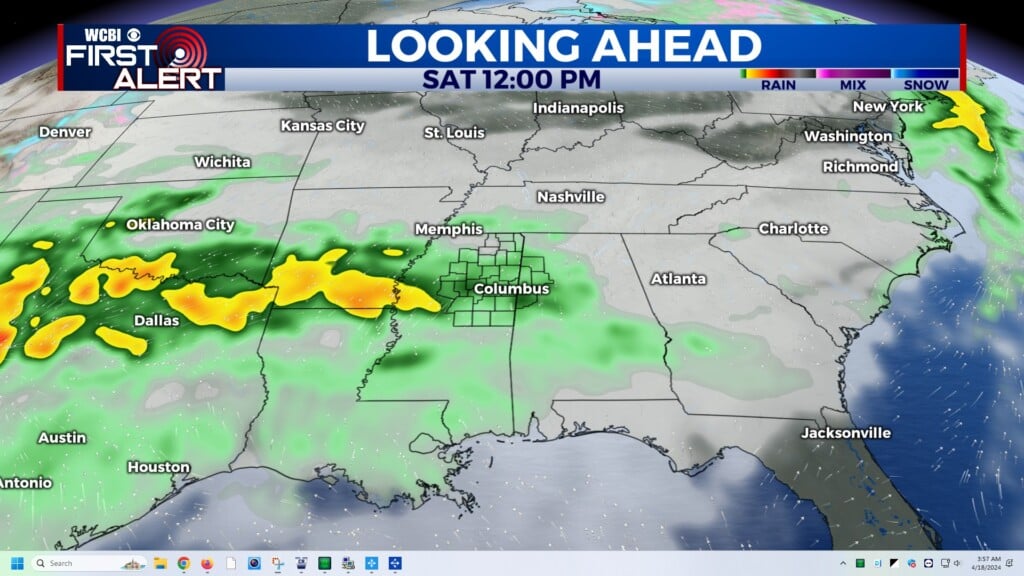More Details Released on Health Care Premiums
By RICARDO ALONSO-ZALDIVAR
WASHINGTON (AP) – With new health insurance markets launching next week, the Obama administration is unveiling premiums and plan choices for 36 states where the federal government is taking the lead to cover uninsured residents.
Before tax credits that work like an upfront discount for most consumers, sticker-price premiums for a mid-range benchmark plan will average $328 a month nationally for an individual, comparable to payments for a new car.
The overview of premiums and plan choices, released Wednesday by Health and Human Services Secretary Kathleen Sebelius, comes as the White House swings into full campaign mode to promote the benefits of the Affordable Care Act to a skeptical public. Congressional Republicans, meanwhile, refuse to abandon their quest to derail “Obamacare” and flirt with a government shutdown to force the issue.
Sebelius stressed the positive in a preview call with reporters. Consumers will be able to choose from an average of 53 plan options when the new markets open Oct. 1 for people who don’t have health care on the job.
“For millions of Americans, these new options will finally make health insurance work within their budgets,” she said.
A report by her department estimated that about 95 percent of consumers will have two or more insurers to choose from. And the administration says premiums will generally be lower than what congressional budget experts estimated when the legislation was being debated. About one-fourth of the insurers participating are new to the individual coverage market, a sign that could be good for competition.
But averages can be misleading. When it comes to the new health care law, individuals can get dramatically different results based on their particular circumstances.
Where you live, the plan you pick, family size, age, tax credits based on your income, and even tobacco use will all impact the bottom line. All those variables could make the system hard to navigate.
For example, the average individual premium for a benchmark policy known as the “second-lowest cost silver plan” ranges from a low of $192 in Minnesota to a high of $516 in Wyoming. That’s the sticker price, before tax credits.
In the three states with the highest uninsured population, the benchmark plan will average $373 in California, $305 in Texas, and $328 in Florida. Differences between states can be due to the number of insurers competing and other factors.
“One surprise is Texas,” said Larry Levitt of the Kaiser Family Foundation. “That is a state that has put up roadblocks to implementation, but the premiums there are below average.”
The second-lowest-cost silver plan is important because tax credits are keyed to its cost in local areas.
But consumers don’t have to take silver. They can pick from four levels of coverage, from bronze to platinum. All the plans cover the same benefits and cap annual out-of-pocket expenses at $6,350 for an individual, $12,700 for families.
The big difference is cost sharing through annual deductibles and copayments. Bronze covers 60 percent of expected costs; silver, 70 percent, on up to platinum at 90 percent. Bronze plans have the lowest premiums and the highest cost sharing.
The administration report found that factoring in tax credits, a 27-year-old making $25,000 a year would see the premium for the benchmark silver plan drop to $145 in nearly every state. But if that hypothetical young adult used the tax credit to buy the cheapest bronze plan, he or she could cut the monthly premium to $74 in the Dallas-Fort Worth area, $102 in Orlando, and $119 in Pittsburgh.
For a family of four making $50,000, the tax credit would cut the monthly premium for the benchmark silver plan to $282. But if the family used its tax credit to buy the cheapest bronze plan, the premium would be $26 a month in Dallas-Fort Worth, $126 in Orlando, and $209 in Pittsburgh.
In the Washington, D.C., metro area, the hypothetical family could find a zero-premium bronze plan, while the lowest an individual could get after applying their tax credit would be $66.
Such differences are sure to leave many people scratching their heads. Officials said they’re due to complicated interactions between the tax credits and insurance company pricing strategies in dynamic markets.
Another outside analyst said the administration analysis of premiums is consistent with what the 14 states running their own insurance markets have reported.
But Dan Mendelson, president of the market analysis firm Avalere Health, said the focus on premiums is too narrow. “The analysis doesn’t account for cost sharing,” Mendelson said. “This is a limitation.” To get an idea of the true cost of coverage, consumers have to add up premiums and their expected out-of-pocket costs.
“Consumers are going to need to shop,” Mendelson added. “Sometimes a silver offering doesn’t cost much more than a bronze.”
He added two other caveats: Be ready for significant cost sharing, and check carefully that your doctors and nearby hospitals are in the plan’s network.
Starting Jan. 1, virtually all Americans will be required to carry health insurance or face fines. At the same time, the health care law will prohibit insurance companies from turning away people in poor health, or charging them more. And it will limit what insurers can charge their oldest customers.
Experts say the plans under the health care law are not comparable to what’s currently sold on the individual health insurance markets, because the coverage is broader and the financial protection for policyholders is more robust.
Obama is directly engaging in the promotional campaign for the health care law. Tuesday, he and former President Bill Clinton talked health care during a session sponsored by Clinton’s foundation. And Obama is planning a speech on the law on Thursday.
In response to the administration’s premium and plan-choice information, a spokesman for Senate Republican leader Mitch McConnell, R-Ky., said that premiums that are “lower than projected” are not the same as “lower than they are now.”
“The White House is making every effort possible to spin the bad news that seems to come every day, but the American people know that even this rosy scenario is not what they were promised when Democrats were ramming this bill through Congress on a party-line vote,” McConnell spokesman Don Stewart said in a statement.





Leave a Reply